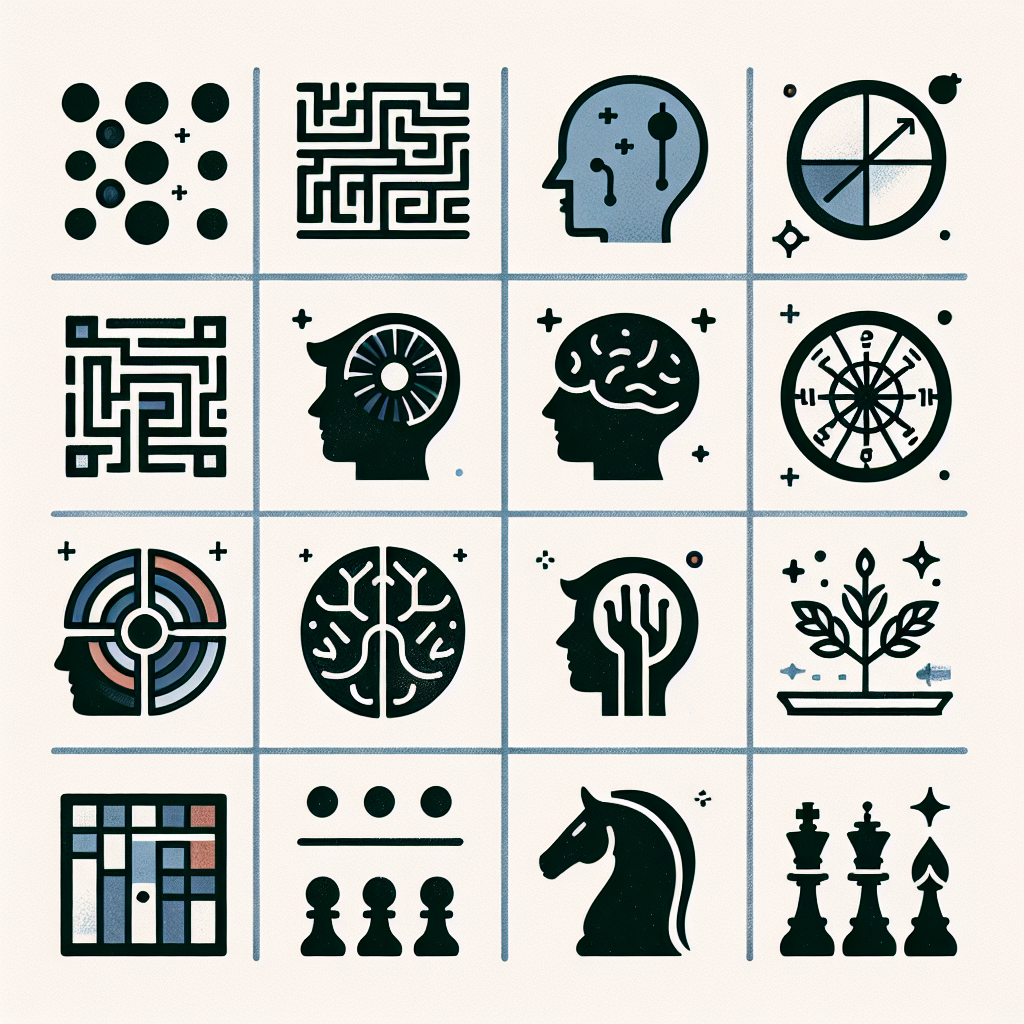Personality assessments are everywhere — in hiring processes, classroom settings, therapy, and casual online quizzes — but many surprises hide beneath their familiar labels. 10 Things You Didn’t Know About Different Types Of Personality Tests offers a gateway to lesser-known facts that help you interpret results more carefully and spot when a test is useful versus when it’s just entertainment.
10 surprising facts about different kinds of personality assessments
While many people know about popular instruments like the Myers-Briggs Type Indicator (MBTI) or the Big Five, these tools vary widely in purpose, scientific support, and application. Below are ten insights that cut across self-report inventories, projective tests, and biological measures of temperament.
1. Not all tests measure the same thing
Some instruments aim to describe stable traits (e.g., the Big Five), while others screen for clinical symptoms or momentary states. Comparing scores across tests without acknowledging intent can lead to misleading conclusions.
2. Reliability and validity differ dramatically
Reliability (consistency) and validity (measuring what you intend) are separate qualities. A popular questionnaire might be reliable but not valid for predicting job performance or mental health outcomes.
3. Forced-choice formats reduce faking, but introduce other issues
Tests that force a choice between equally desirable statements can make it harder to fake responses, but they also complicate scoring and interpretation, especially when cultural norms influence preferred answers.
4. Short tests trade precision for convenience
Online short forms and “mini” tests are useful for quick screening but often sacrifice nuance and increase measurement error compared with full-length instruments.
5. Projective tests are controversial but sometimes informative
Tools like the Rorschach or Thematic Apperception Test rely on ambiguous stimuli and expert interpretation. Their utility depends heavily on clinician training and the specific questions being asked.
6. Biological measures add depth — and complexity
Physiological and neurobiological assessments (e.g., EEG, hormonal assays) can illuminate temperament and arousal patterns, yet they require careful integration with psychological measures to avoid overinterpretation.
7. Cultural context matters more than you might think
Norms and expectations shape how people respond. A test standardized in one country can produce skewed results if applied elsewhere without recalibration.
8. Some popular uses are scientifically weak
Many employers continue to use personality tests for hiring despite limited evidence that specific inventories reliably predict job performance beyond structured interviews and skill assessments.
9. Interpretations can be gamed
Coaching, repeated exposure, or even training on how to answer can change scores. Good practice involves using multiple methods and occasionally repeating assessments to monitor stability.
10. There are surprising links to broader intellectual debates
Personality measurement intersects with philosophical and scientific discussions about human nature, determinism, and emergent systems. For curious readers, cross-disciplinary perspectives can be eye-opening; see one exploration of unconventional scientific theories for broader context: the groundbreaking theories of Nassim Haramein and Max Planck bridging the universe’s mysteries.
How to choose and interpret a personality test
Picking the right instrument depends on your goal: screening, diagnosis, development, or research. Prioritize tests with peer-reviewed validation, clear norms for your population, and transparent scoring procedures. Combining self-report with behavioral observation or situational tasks strengthens inferences.
Practical tips
- Check whether a test has published reliability and validity studies.
- Use multiple measures to offset the limits of any single instrument.
- Avoid over-relying on labels; treat scores as hypotheses, not destinies.
Further reading
For an accessible overview of major trait models and the research behind them, consider reading this summary on the Big Five personality traits: overview of the Big Five personality traits on Wikipedia. That article outlines history, measurement approaches, and empirical findings that help contextualize many modern assessments.
FAQ
Q: Can personality tests predict job performance?
A: Some tests provide modest predictive value for certain roles, especially when combined with cognitive ability measures and structured interviews, but no personality test is a perfect predictor.
Q: Are online quizzes accurate?
A: Many online quizzes are intended for entertainment and lack rigorous validation. Look for instruments with documented psychometric properties if you need reliable information.
Q: How often should one retake a personality test?
A: For most trait measures, retesting every 6–12 months is sufficient to monitor meaningful changes; assessment frequency should match your purpose (e.g., clinical monitoring may require closer intervals).



